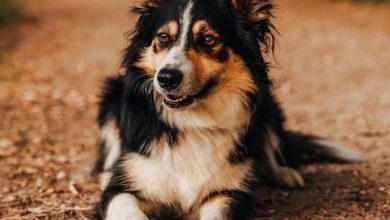Socialization Techniques to Help Reduce Dog Anxiety
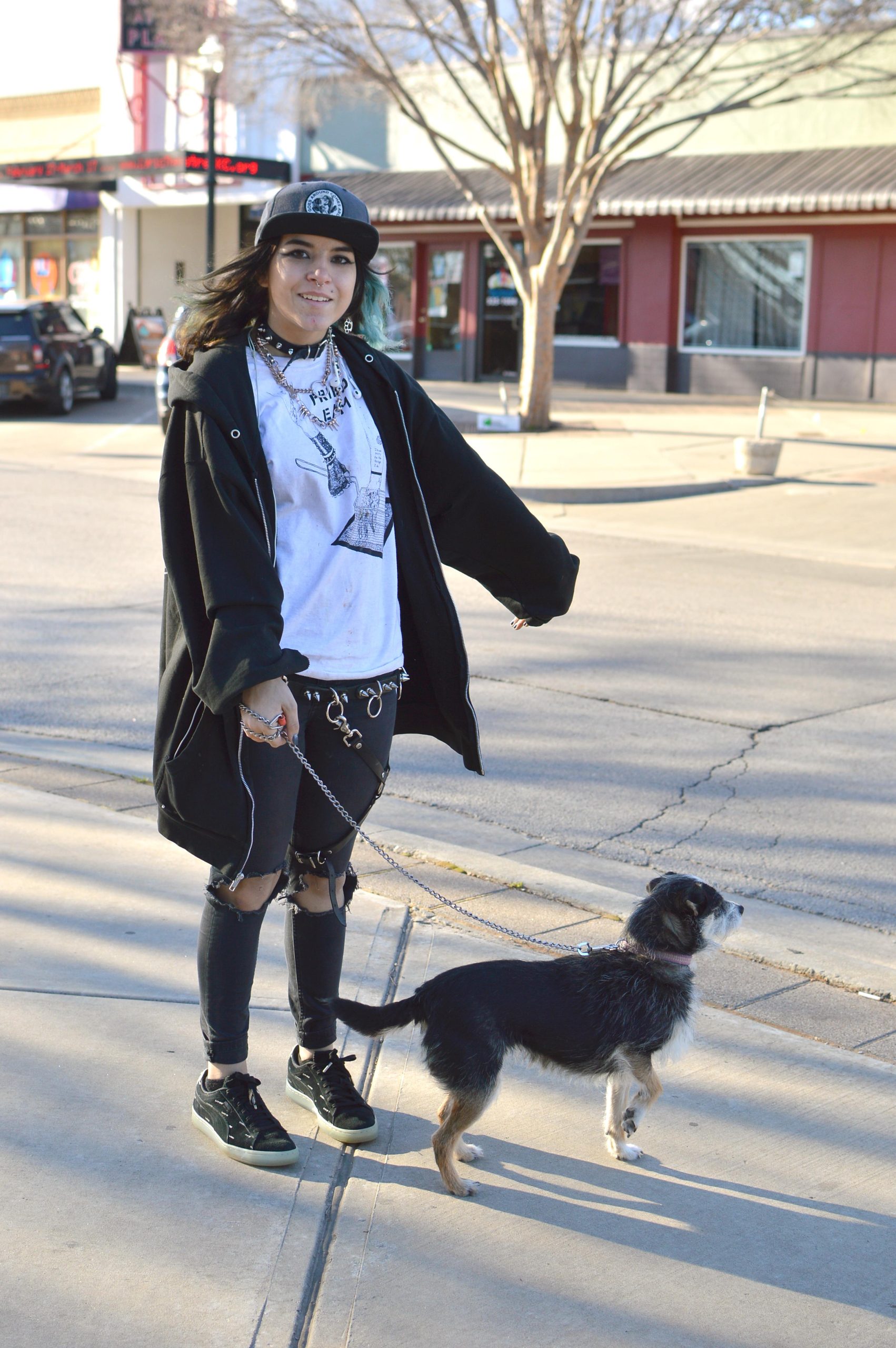
In the heart of a bustling city or the quiet corners of a suburban neighborhood, the presence of a dog can transform a house into a home. Yet, behind those wagging tails and eager eyes, many dogs experience a silent struggle—anxiety. Much like humans, dogs can feel overwhelmed by the world around them, whether it’s the sound of a thunderstorm, the sight of unfamiliar faces, or the solitude of an empty house. As guardians of their well-being, it is our responsibility to equip them with the tools they need to navigate their fears with confidence. In this article, we delve into the art of socialization, exploring innovative techniques that can help soothe anxious hearts and transform tentative steps into bold strides. Join us as we uncover the keys to unlocking a calmer, more harmonious life for our four-legged companions, offering them not just relief, but the joy of being at ease in a world full of wonder.
Understanding Canine Anxiety: Signs and Causes
Recognizing the subtle and not-so-subtle signs of anxiety in dogs is crucial for pet owners aiming to nurture a well-adjusted canine companion. Dogs may exhibit anxiety through behaviors such as excessive barking, destructive chewing, or even trembling. Physical signs can also include dilated pupils, panting, or drooling. Understanding the root causes is equally important, as anxiety can stem from a variety of sources. Separation anxiety, for instance, is common in dogs that have formed a strong attachment to their owners, while other dogs may experience anxiety due to a lack of socialization or exposure to new environments.
Several factors can contribute to a dog’s anxious behavior:
- Lack of social interaction: Dogs that aren’t exposed to different people, pets, and environments during their formative months may develop fear or anxiety later in life.
- Past trauma: Dogs with a history of abuse or neglect often carry emotional scars that manifest as anxiety.
- Genetic predisposition: Certain breeds are more prone to anxiety, suggesting a hereditary component.
- Changes in routine: Dogs thrive on routine, and sudden changes, such as moving to a new home or a new family member, can trigger anxiety.
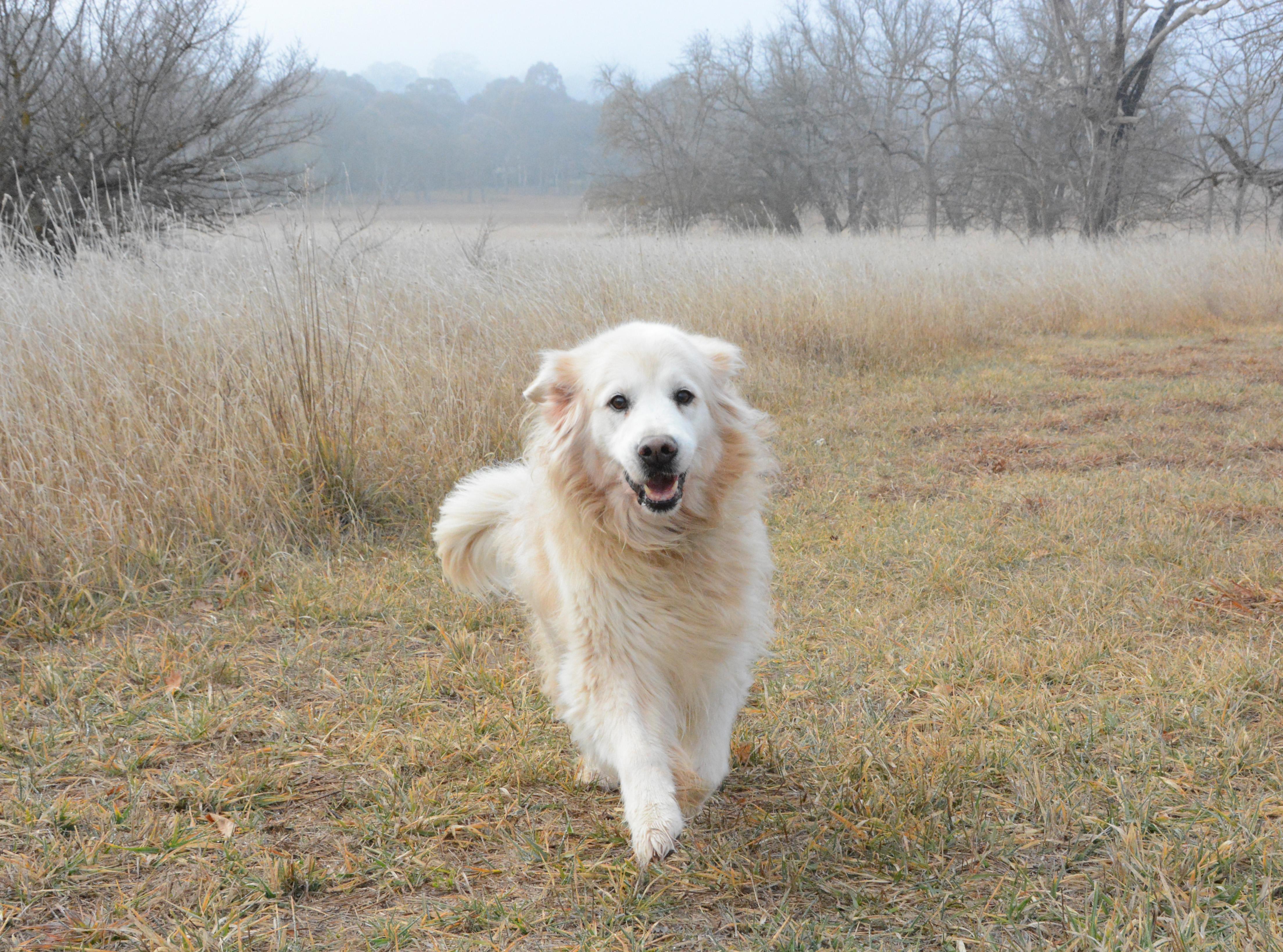
Creating a Safe Space: The Role of Environment in Reducing Anxiety
Creating a serene and welcoming environment is crucial in alleviating anxiety in dogs. A well-structured space can provide the comfort and security they need to feel at ease. Start by ensuring your dog’s living area is free from clutter and chaos. Minimalistic spaces with clear pathways can help prevent overstimulation and confusion, which are common triggers for anxiety. Introduce soothing elements such as soft bedding, dim lighting, and gentle background music to create a calming atmosphere.
Consider incorporating sensory-friendly items that appeal to your dog’s senses and promote relaxation. Some ideas include:
- Aromatherapy: Utilize pet-safe essential oils like lavender to create a tranquil scent in the air.
- Textured toys: Provide a variety of toys with different textures to keep them engaged and mentally stimulated.
- Sound machines: Use sound machines with nature sounds or white noise to mask disruptive noises that may cause stress.
By thoughtfully designing their environment, you can significantly reduce your dog’s anxiety and enhance their overall well-being.
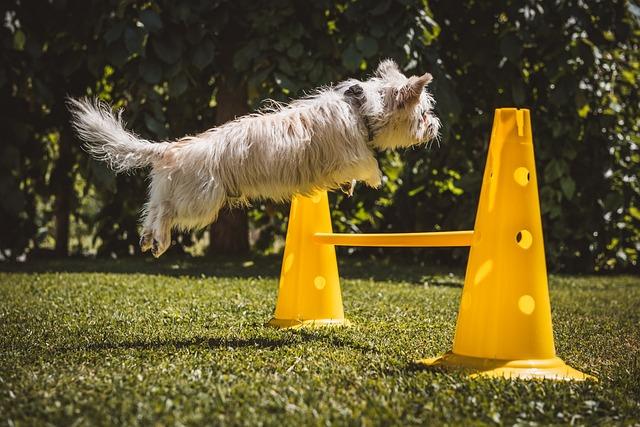
The Power of Positive Reinforcement: Building Confidence Through Training
Incorporating positive reinforcement into your dog’s training routine can be a game-changer when it comes to building their confidence and reducing anxiety. This technique involves rewarding your dog for desirable behaviors, thereby encouraging them to repeat those actions. Positive reinforcement can take many forms, including treats, verbal praise, or even a favorite toy. The key is to associate good behavior with positive outcomes, making your dog feel more secure and less anxious in social situations.
- Treats: Use small, healthy treats to reward your dog immediately after they exhibit calm behavior around new people or in unfamiliar environments.
- Verbal Praise: Offer enthusiastic and genuine praise to reinforce good behavior. Your tone can significantly impact your dog’s response.
- Play: Incorporate playtime as a reward, which can be especially effective for dogs that are more motivated by activity than food.
- Consistency: Be consistent with your rewards. This helps your dog understand what is expected of them and builds their confidence over time.
When applied consistently, these techniques can help your dog associate social situations with positive experiences, gradually reducing anxiety and fostering a more relaxed demeanor. Remember, patience and persistence are key; every dog learns at their own pace.
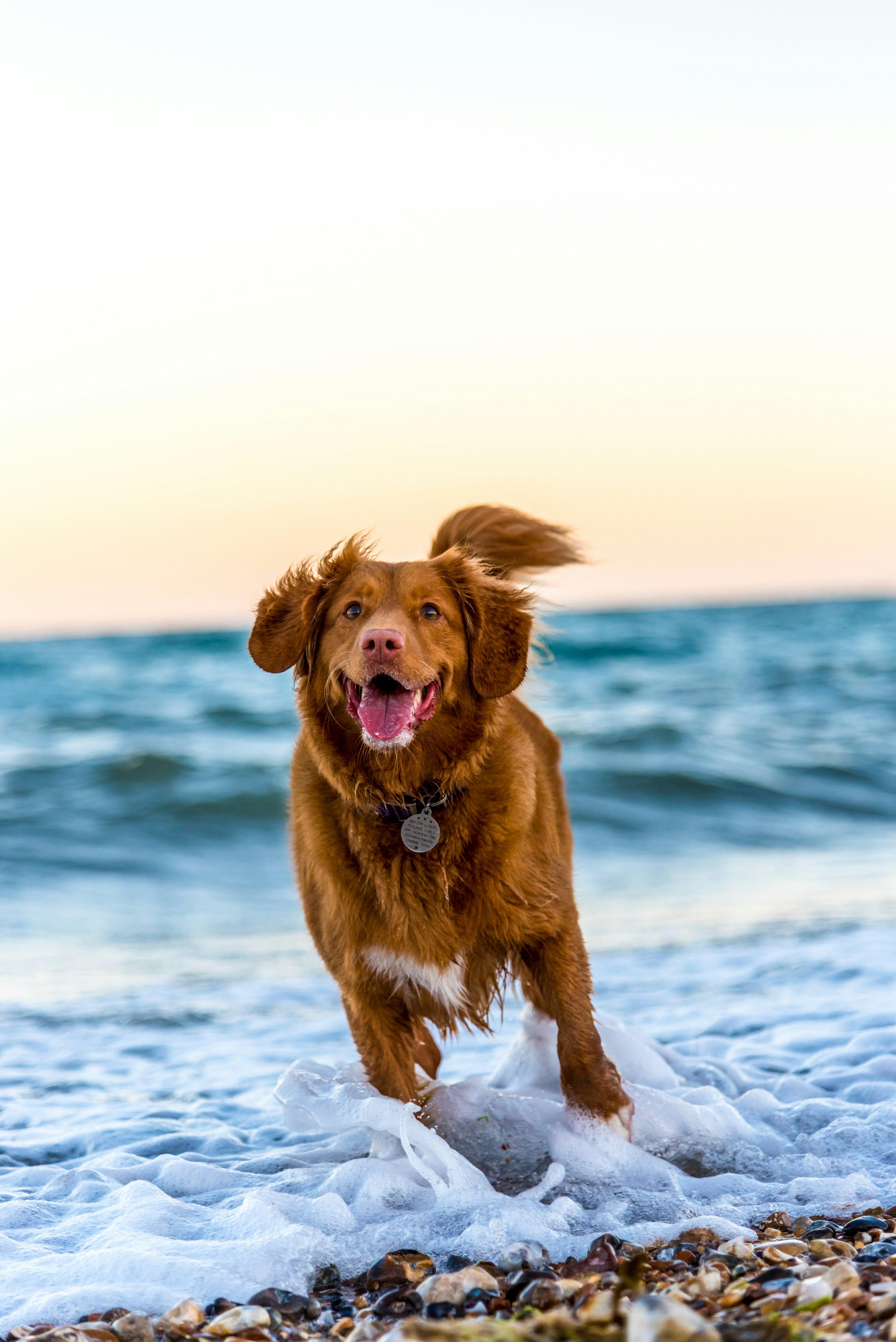
Engaging Playtime: Social Activities to Ease Your Dogs Anxiety
Creating a safe and enjoyable environment for your furry friend can significantly reduce their anxiety. Start by organizing playdates with other well-behaved dogs in your neighborhood. This allows your dog to interact in a controlled setting, building their confidence and social skills. Ensure that these interactions are positive by supervising the dogs closely and keeping sessions short to avoid overstimulation.
Another effective approach is to introduce your dog to new environments gradually. Take them on walks to different parks or pet-friendly stores, allowing them to experience various sights, sounds, and smells. You can also engage them in group training classes, where they can learn alongside other dogs, reinforcing good behavior in a social setting. Remember to bring along their favorite toys or treats to provide comfort and positive reinforcement throughout these experiences.
Key Takeaways
In the gentle dance of connection between humans and their canine companions, socialization emerges as a vital rhythm that can transform anxiety into ease. By embracing a mindful approach to socialization, we not only help our dogs navigate the world with confidence but also deepen the bond that enriches both our lives. As you explore the tapestry of techniques discussed, remember that patience, empathy, and consistency are your steadfast allies. Each step forward, however small, is a triumph in the journey toward a calmer, more harmonious life for your furry friend. Let this exploration be a gateway to a future where tails wag with joy and hearts rest easy.


